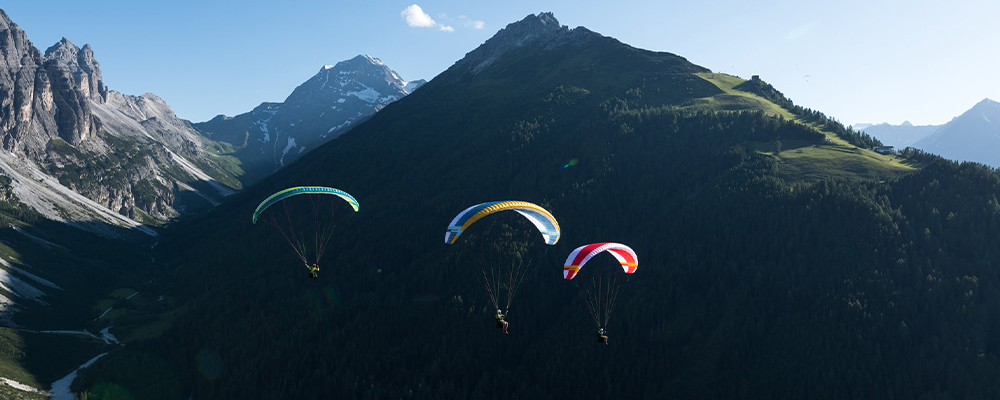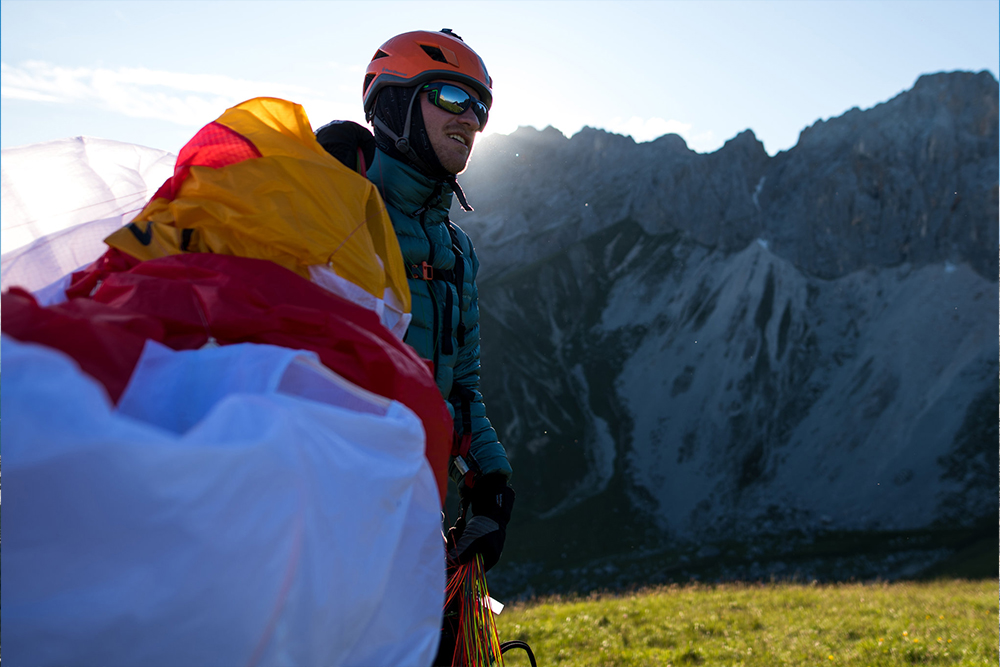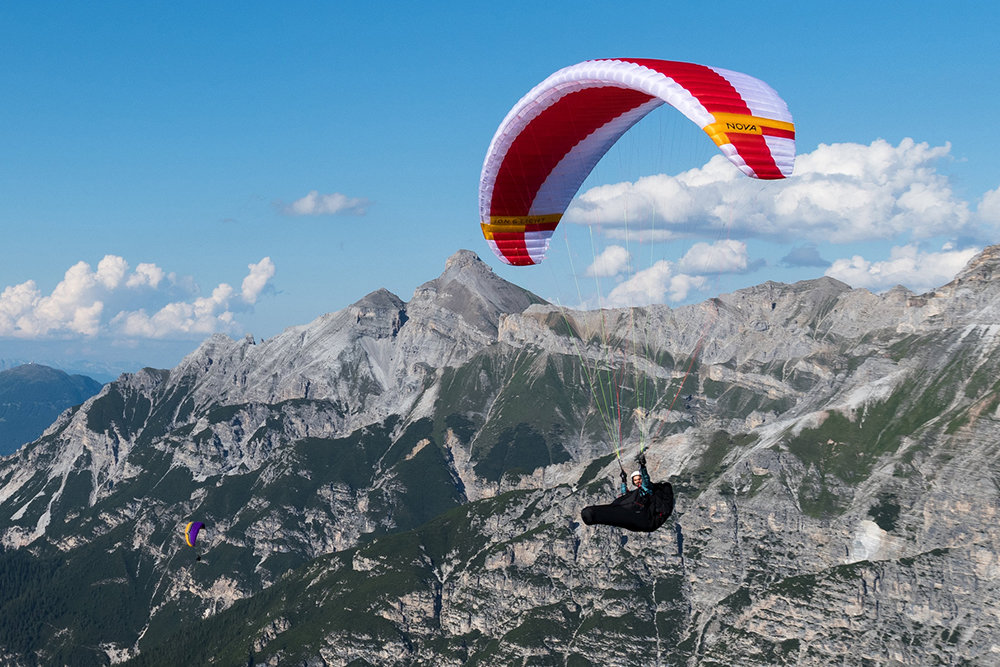
30 tips for successful cross-country flying
#24: Make friends with the (valley) wind

In a previous tip you read that it is important to fly high and stay high. Altitude means the least danger of bombing out – but this doesn’t always guarantee the fastest possible flight, because wind direction changes at altitude. For example, if you want to return from the Goldeck to the Emberger Alm in the evening, there may be a very strong headwind, whereas down in the Drau valley a lovely valley wind is helping you along.

Modern flight instruments calculate the direction and strength of the wind while circling in a thermal. At cloudbase it may tell you for example, 272° / 12 km/h. But you should also check what the values were at 500 or 1.000 metres lower. This will assist you with choosing the optimum glide altitude. An excellent resource on valley winds in the Alps are the valley wind maps available from www.viento.aero. With a high reliability they indicate the mostly prevailing valley winds. You should ask experienced pilots about soarable ridges and convergence lines. A gift to the XC pilot is for example, the famous wall over the Kufstein. You can arrive there at 50 metres above the valley floor and soar casually up to the pyramid peak at over 2.000 metres. Convergences set up when two (valley) winds meet. Often you can spot them when there is a continuous cloud street over a valley. Weaker convergence may not be marked. You just have to know from experience where it is.
PS: You'll find all 30 tips at one swoop in the online version of our magazine AIRTIME.